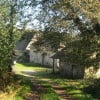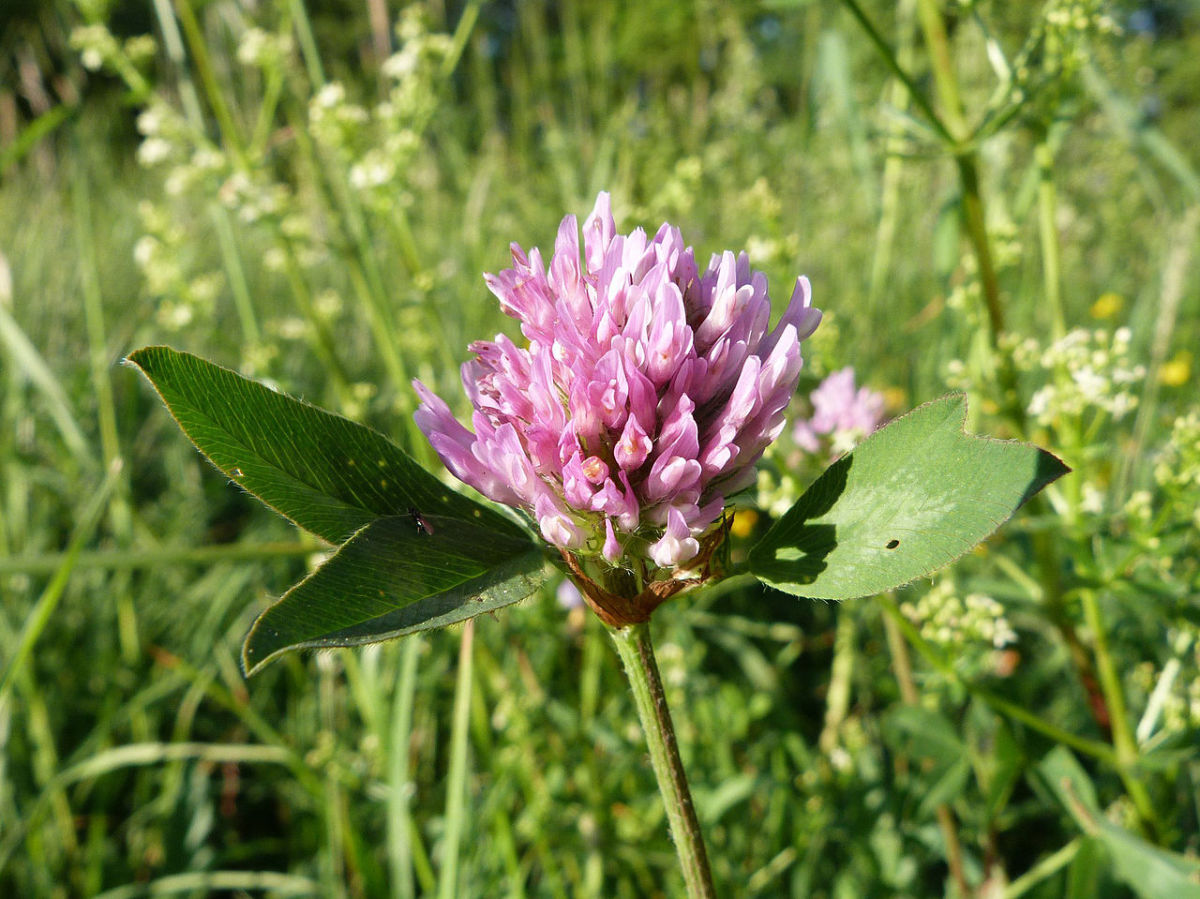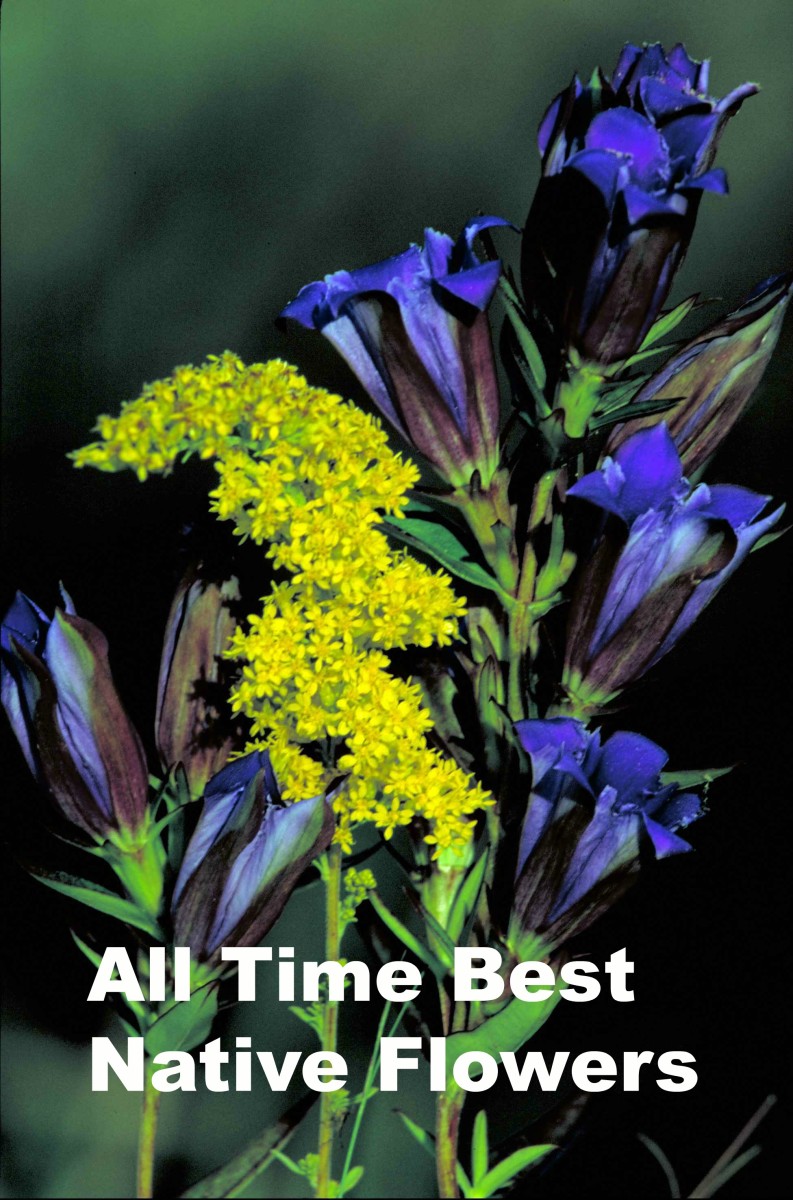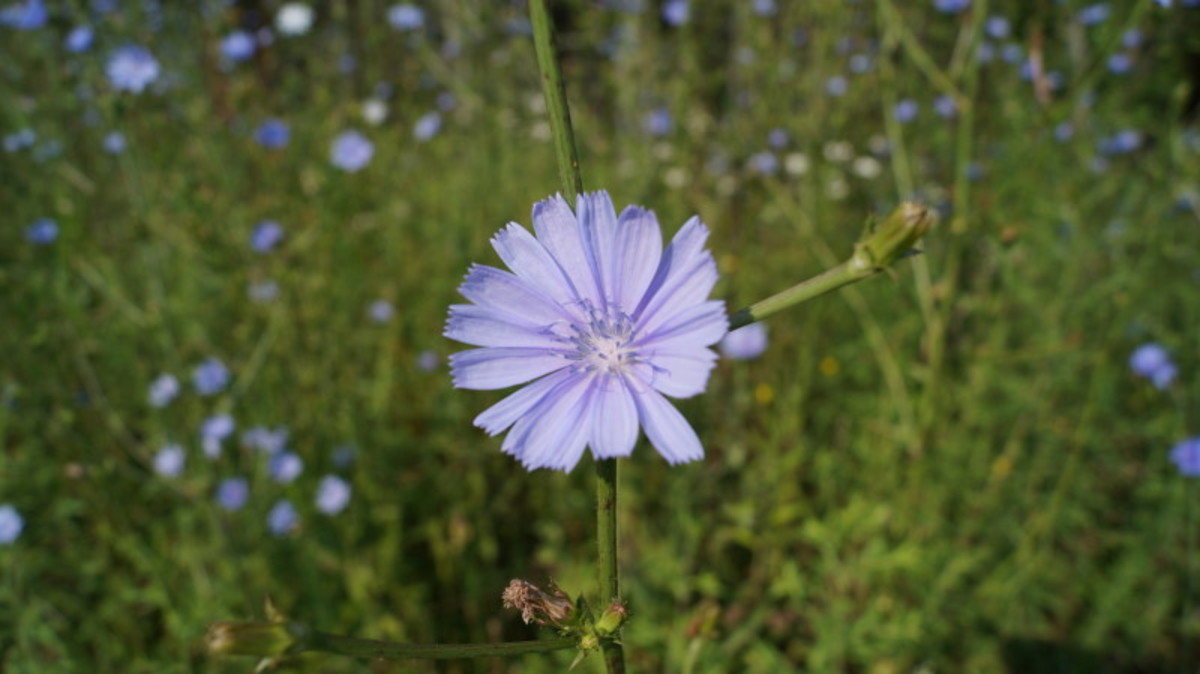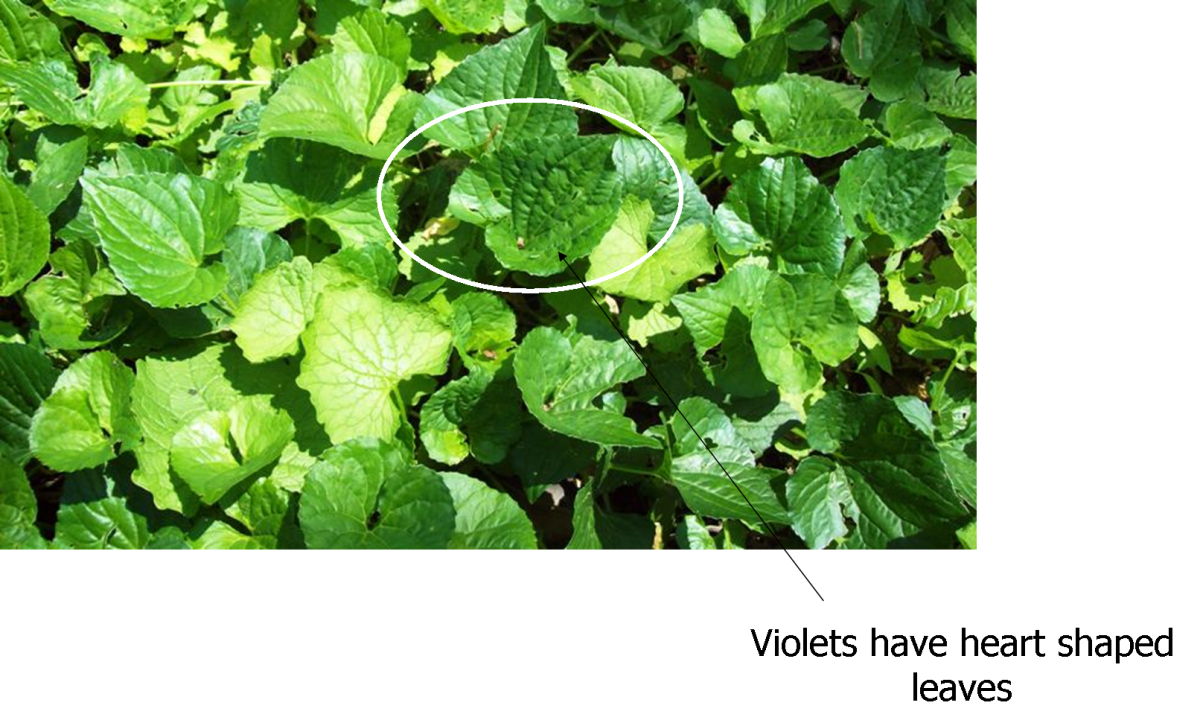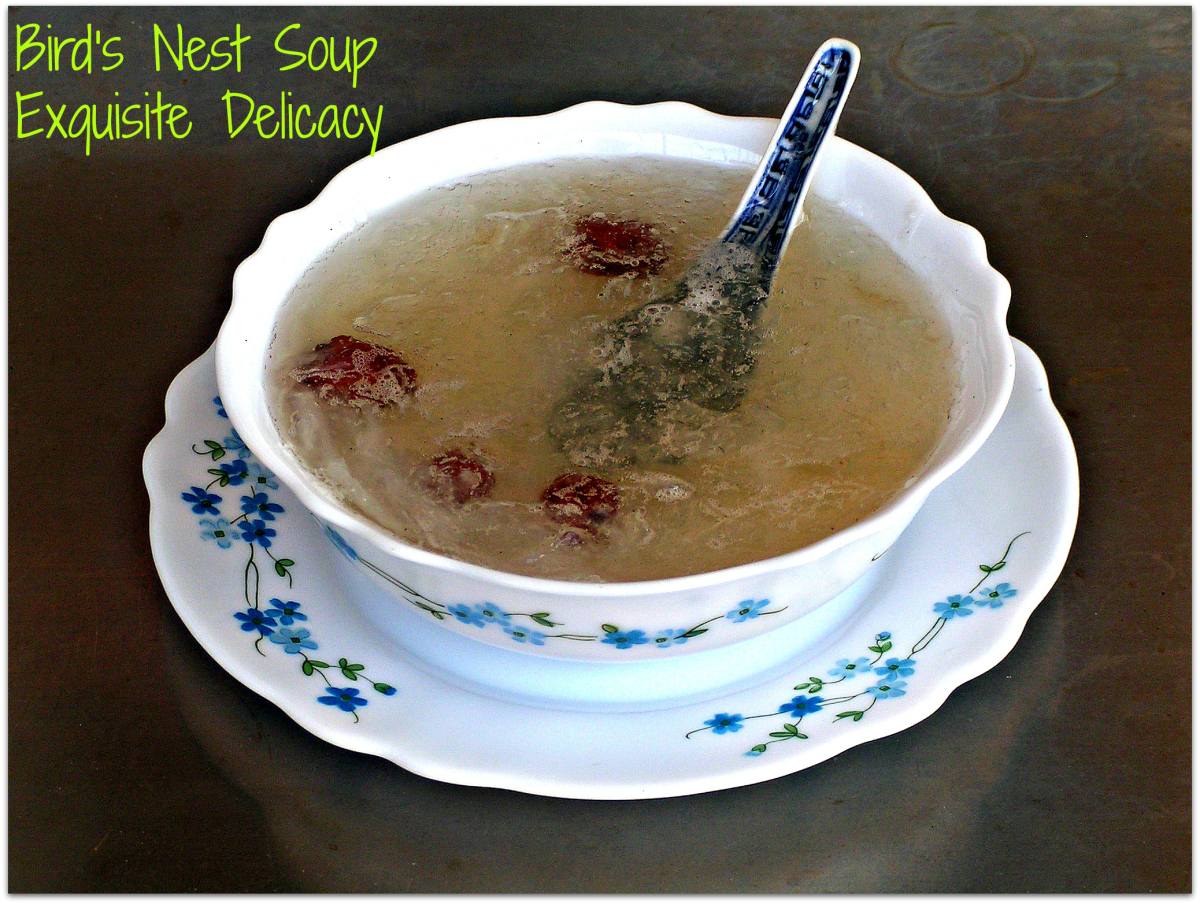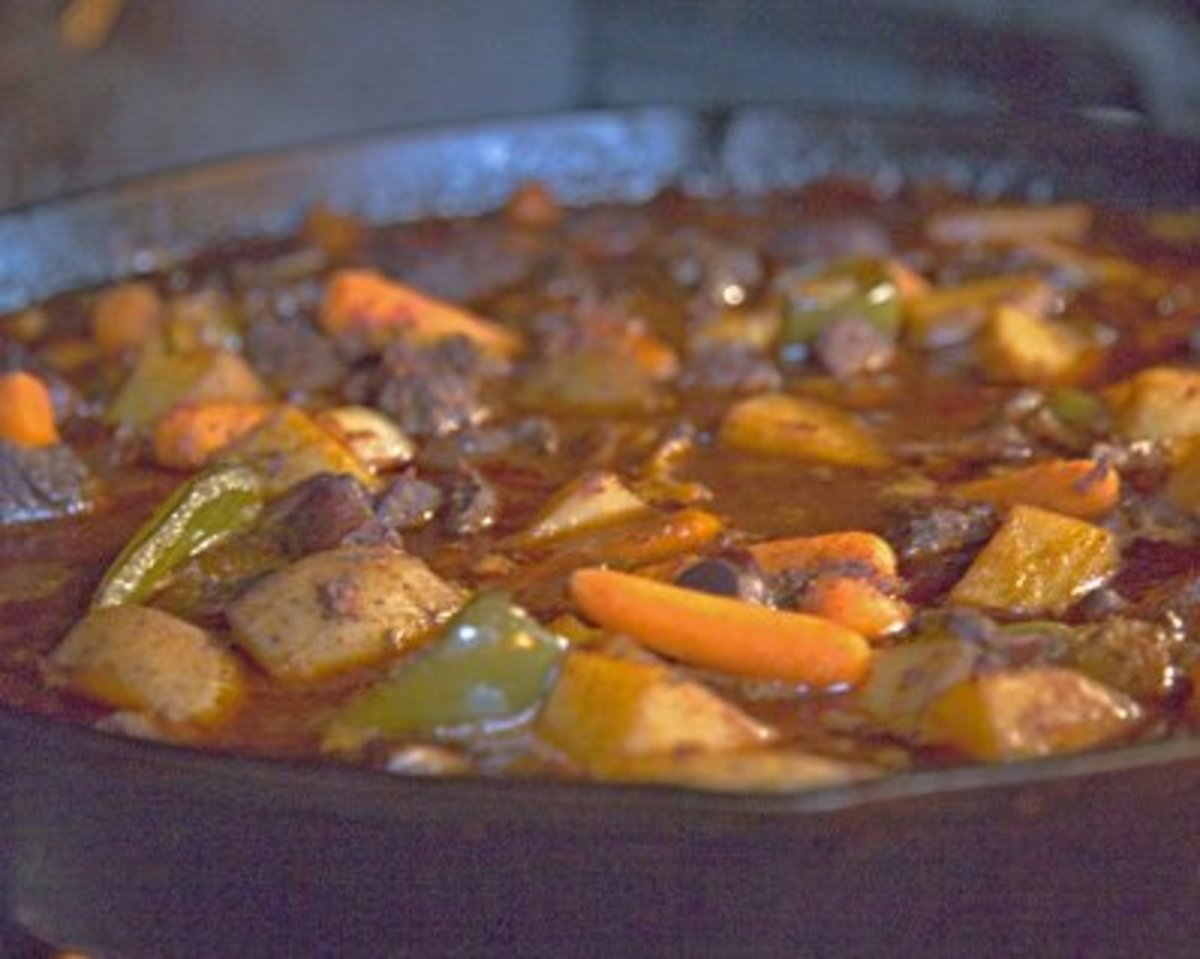How to Make Weed Soup - how to make a nutritious soup from wild herbs
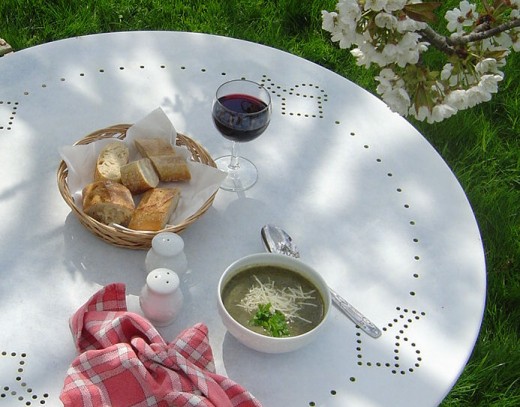
Wild Herb Soup in Limousin, France
Spring is in the air in Limousin! The sun is shining, the fruit trees blossoming, the flowers blooming and, yes, the weeds - or wild herbs - are flourishing. Free food - free wild food!
Limousin is five minutes from the Charente border and not far from the Dordogne and has a great climate. Plants grow! The agricultural heartland of France, it produces food for France and is famous for its top quality beef from the tan-coloured Limousin cattle.
The trouble is that the weeds grow faster than the plants we want to cultivate – the flowers and vegetables. Weeding is the bane of our lives here in lush Limousin, but we like to explore traditional foods and recipes and so we thought we would just try cooking them! I set about exploring how many of these ‘Wild Herbs’ we could use in the kitchen, rather than consigning them to the compost heap.
Are You A Fan of Eating Wild Herbs?
In other words - do you eat your weeds?
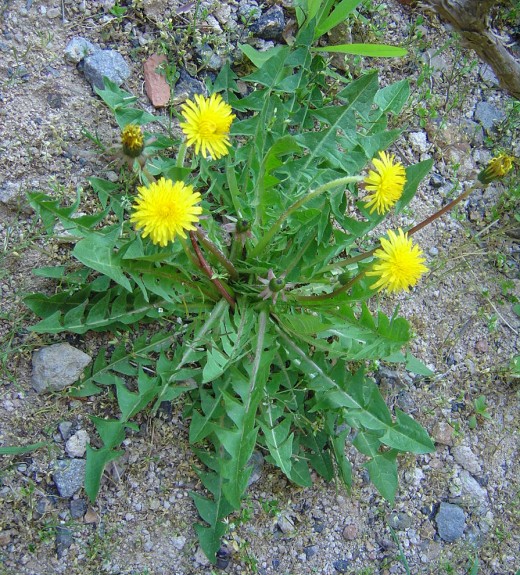
Country people in Limousin gather wild herbs
One favourite, traditional Limousin recipe is nettle soup. The Limousin was a poor area of France and people ate the food available. They used milk, chestnuts, cabbage and pork in their recipes, and also hunted and gathered! And this tradition still flourishes today. Only recently I met an old couple as I was walking next to Videix Lake. They had a carried bag full of leaves. Being curious, (nosey), I introduced myself and asked them what they had found. It was a bag full of dandelion leaves and they told me that they were for salads.
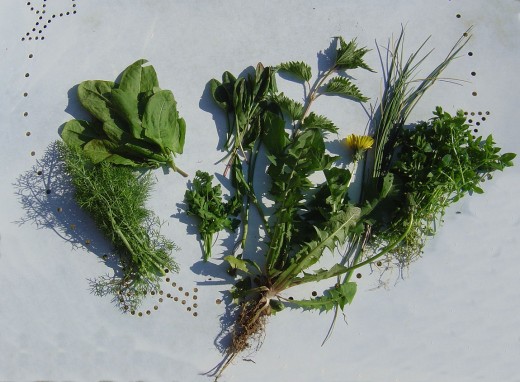
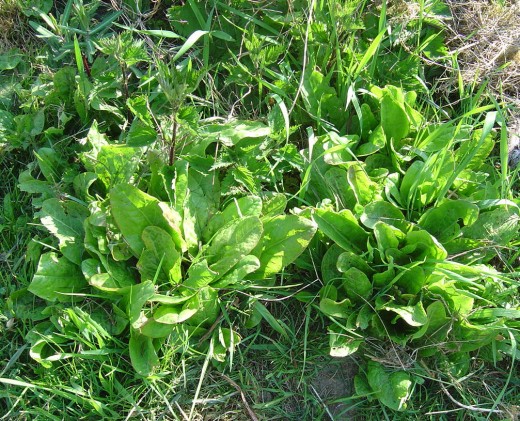
‘So many weeds – so little time’
A friend bought me a T-shirt with this slogan and lots of pretty pictures of common weeds on it. But what is a weed exactly? It can be defined simply as a plant growing in the wrong place’. For example, I am constantly ‘weeding out’ self-sown peach trees! In other words there is no such plant that can be designated a weed! On the other hand, we all know a weed when we see one!
The plants used in my soup
From left to right, the plants in the illustration are:
Fennel Foeniculum vulgare. I have one fennel plant which produces enough weed seedlings to cover my vegetable garden!
Cultivated sorrel Rumex acetosella
Flat leaf Parsley P. Neapolitanum
Wild Sorrel Rumex acetosa
Stinging nettle Urtica dioica
Dandelion Taraxacum officinale
Wild onion Allium (Not sure which variety mine are)
Chickweed Stellaria media
Goosegrass or cleavers Galium aparine
Books about wild foods - or weeds!
A word of warning
Words of warning: Never eat anything that you find in your garden or in the wild if you have any doubts over identification. Ask someone who knows about plants, about medicines or poisons to identify them for you. You could ask the local chemist. In France, at least the Pharmacy will identify plants and fungi for you.
Secondly, make sure that any plants you collect could not have been polluted, for example by dogs or livestock (sheep can pass on parasites), or by pesticides or herbicides. I have a nice bank of nettles in the hen run that I 'nurture' specially for cooking.
Thirdly you will need a pair of scissors and a pair of rubber gloves to collect your nettle, although once cooked it loses it's sting. I use washing up gloves.
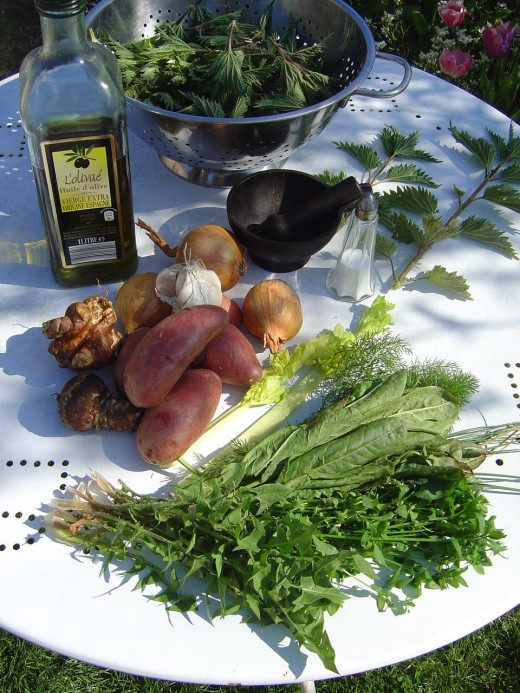
wild herb soup ingredients
- Oil or butter
- Onions
- Potatoes
- Jerusalem Artichoke Helianthus tuberosus (Optional: I added these because I grow them in my garden to make Jerusalem Artichoke soup)
- Weeds
- Garlic
- Salt
- Pepper, preferably whole black pepper corns roughly crushed
- Stock or a stock cube
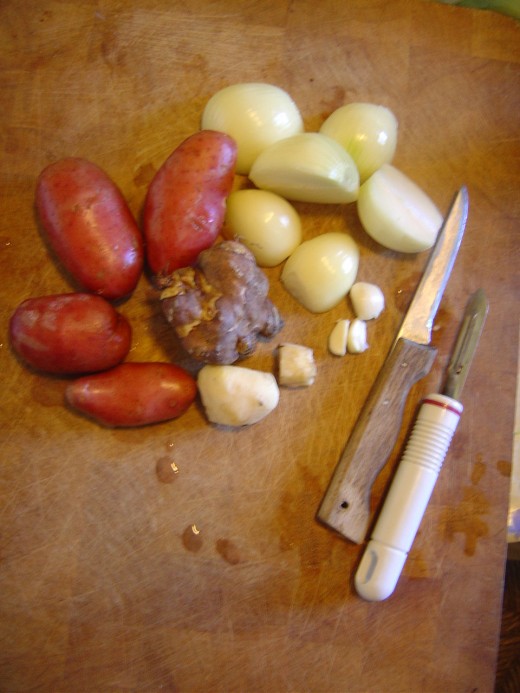
Method
Roughly chop the vegetables and herbs. You
will be blending the soup later, so it doesn't really matter how you cut them
up. You can use other vegetables, but beware colour. If you use coloured veg such as carrots or beetroot, this will affect the colour of the soup. It will be brown and not dark green.
Heat the oil or butter in a pan, add the onions and brown gently, followed by the other vegetables, then herbs, pepper and salt.
Add the stock or water and stock cubes to cover and simmer gently for about twenty minutes or until the potatoes are soft.
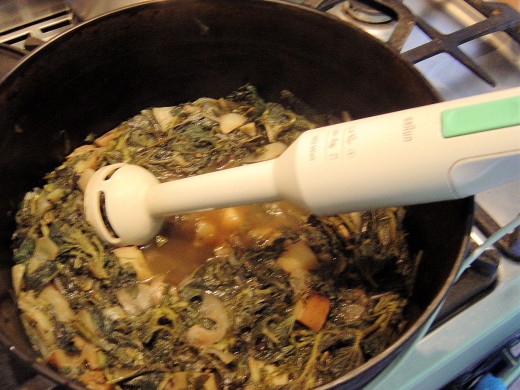
Blend
Blend until the soup is smooth. The easiest way to do this is to use a hand blender. You can put it into a food processor or failing that, press it through a sieve (but this is really hard work. You can buy a hand blender for less than £5! I am normally anti-gaget, but this is one kitchen tool that is really worthwhile investing in).
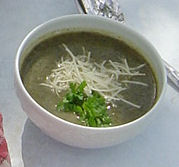
Serve
Serve with a dusting of nutmeg, a swirl of cream, creme fraiche or natural yoghurt. You could also ring the changes by adding grated cheese or cubes of blue cheese, or croutons and garnish with parsley. A squeeze of lemon juice in the soup is nice, and in that case you could decorate with shreds of rind. The soup is a wonderful, dark green and contrasts beautifully with white cream or garnish. Nutmeg gives a lovely, spicey, complementary flavour and aroma.
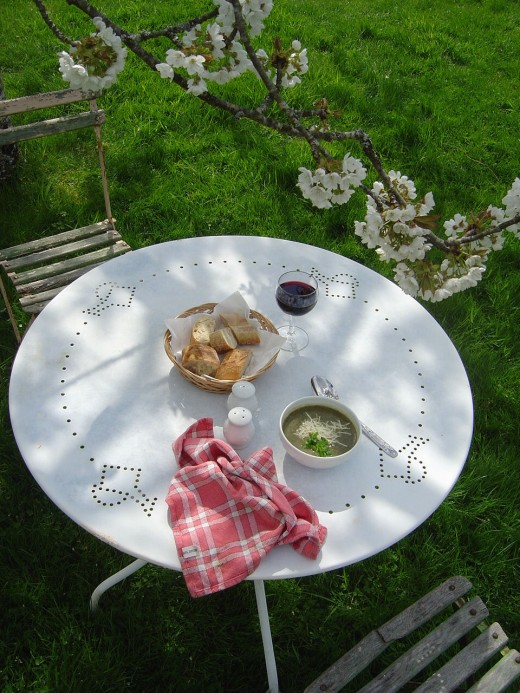
Find this recipe and many others in the Les Trois Chenes Recipe Book
- The Les Trois Chenes Recipe Book
I'm an enthusastic cook and gardener and when we moved out into rural Limousin, I was delighted to embrace the rural lifestyle and local recipes. I have qui
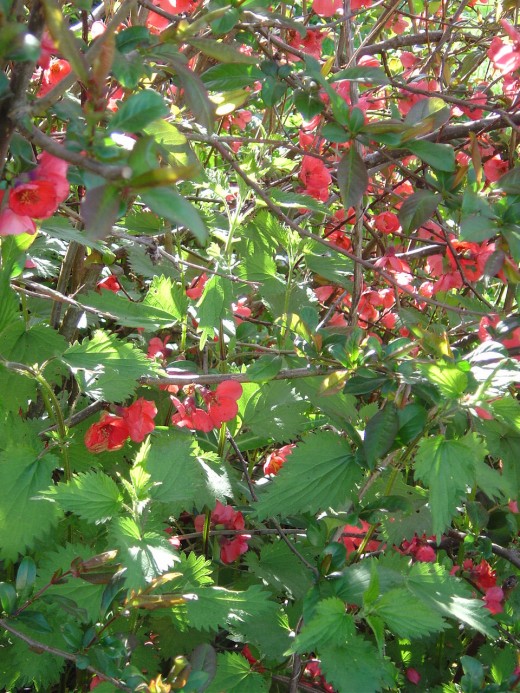
Useful links
- The Forager\'s Virtual Wild Food Field Guide
Wild Food Field Guide to Leeks, Morels, Brook Trout, Chanterelles, Black Trumpets, Porchini and Hen of the Woods - Wild Man Wild Food - Fergus Drennan the Forager
Wild Man Wild Food is the website of professional forager Fergus Drennan. Foraging the woods of the UK for wild mushrooms and plants Fergus then creats recipes and cooks the fruit of his labour. - Wild Food Plants
Untame your life! Sunny Savage helps us untame our lives by incorporating wild foods into our modern-day diets. - Limousin Recipes Nettle Soup
At our B&B near Rochechouart in Limousin France, we like to explore traditional foods and recipes. Nettle soup is a local dish, cheap, easy to make, readily available and delicious. Wild food is also said to be more nutritious than modern selecti
An excellent starting point for anyone interested in food and cooking
- Deligogo! Local Food, Hand Crafted Wine - Cooking courses, wine tasting and wine tours
Find gourmet, wine & cookery breaks, classic wine tours and small scale producers of fine foods. NEW: Free culinary event and festival Calendar - Join Deligogo on Facebook
Facebook is a social utility that connects people with friends and others who work, study and live around them. People use Facebook to keep up with friends, upload an unlimited number of photos, post links and videos, and learn more about the people
How to identify, harvest and prepare wild herbs, weeds and medicinal plants
From 'Eat Your Weeds' by Raw Bill
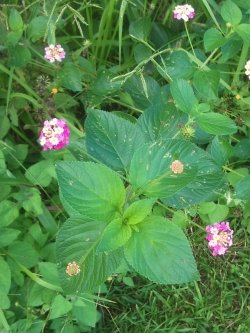
Other 'wild herbs' that you can eat
Red clover Trifolium pratensea pretty pink flower and a common plant found in the wild and growing as a garden weed. You can eat both the young leaves and new flowers in salads and soups, or sprout seeds. There are so many more! Have a look at this article for more information about nutritional values of weeds, and choosing and identifying them.
Daisy Asteraceae family which includes the Sunflower as well as Dandelion and Cats Ear and all plants in the family are edible and all parts of the plants including the flowers and roots are also edible.
